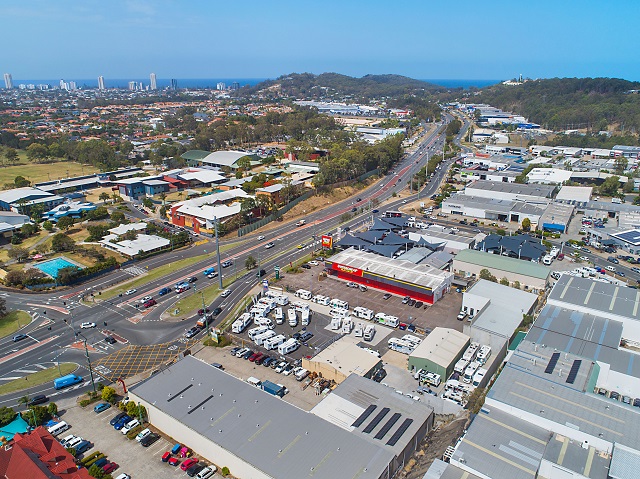After a strong second half of 2019, what does 2020 have in store for buyers and investors in the commercial property market?
Increased lending activity having a positive impact
Early in 2019 we saw tightened lending conditions have a significant impact on commercial property.
While investors were still active, where previously they might have been in the $8 million price range, for example, in 2019 the banks pulled them back into the $6 million range.
This saw increased competition at lower price points, and caused some vendors to withdraw while awaiting an improvement in conditions.
Now, as the banks become more willing to lend, we’re already seeing dramatic changes.
APRA data shows a 13.8% increase in bank lending into the investor market, and with this greater flow of capital will come an uptick in both stock and sales.
Quality on the rise
If the first half of 2019 was characterised by a lack of premium stock, in the back half of the year we witnessed higher quality holdings being brought to market.
I see this continuing into 2020, with an increase in the number of blue-chip opportunities being made available to investors.
Due to an undersupply of the best stock, we’re seeing pent-up investor demand, and this, coupled with better access to funds, bodes well for a very strong year.
Blue-chip retail tenants to the fore
Headwinds in the retail industry have been well-documented, and with the retail environment continuing to change, investors are savvy about considering the tenant caliber when making their decision.
When purchasing a property they are effectively partnering with the tenant, so they’re looking for quality retail tenants, as well as a demonstrated intention from the retail brand to innovate and seek out opportunities to be profitable in a changing market.
With this as a backdrop, we’re seeing outstanding results for the best retail properties offered through our Portfolio Auctions.
At our October Portfolio Auction we sold 15 properties leased to 7-Eleven, while other retail properties such as supermarkets and fast food outlets also continue to sell extremely well, proving that established, high-performing brands tend not to be affected by lower-level economic spending contractions.
Commercial and residential
Residential property is beginning to boom again, and as prices increase the returns and yields that investors can expect to achieve will shrink.
Further, we’ve now had South Australia and the ACT abolish stamp duty on commercial property in order to drive investment, which we expect will lead to a swell of interest in these states.
This makes commercial property with its potentially higher returns a compelling option for investors.
A stable investment climate
With the Federal Election now well and truly behind us, we’re unlikely to see anywhere near the level of disruption the market experienced in 2019.
The likelihood of major changes to the property tax environment is very low, leading to greater certainty for both vendors and buyers and allowing them to enter the market with confidence in 2020.
News article courtesy of realcommercial.com.au

